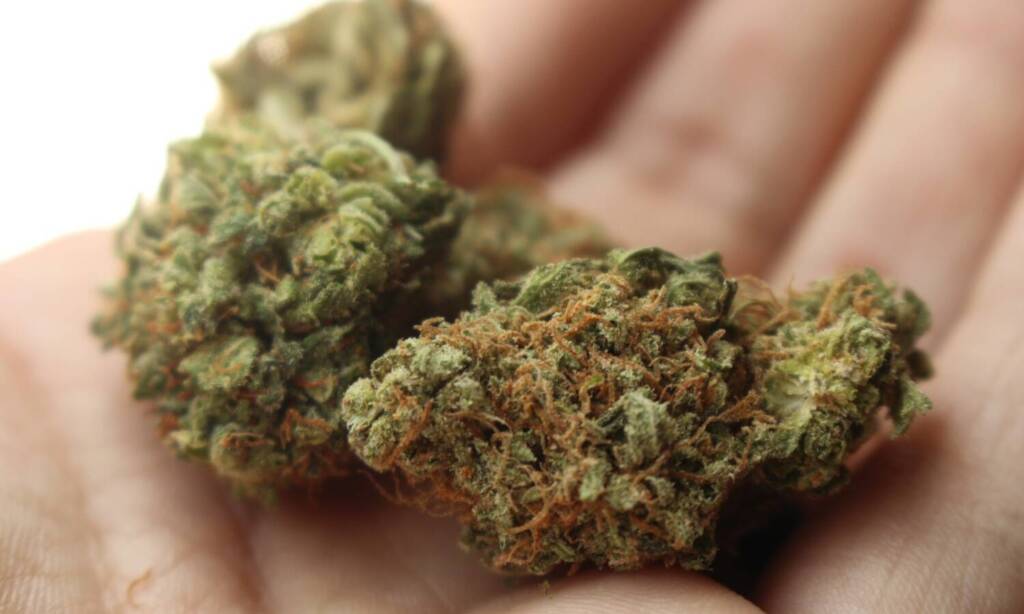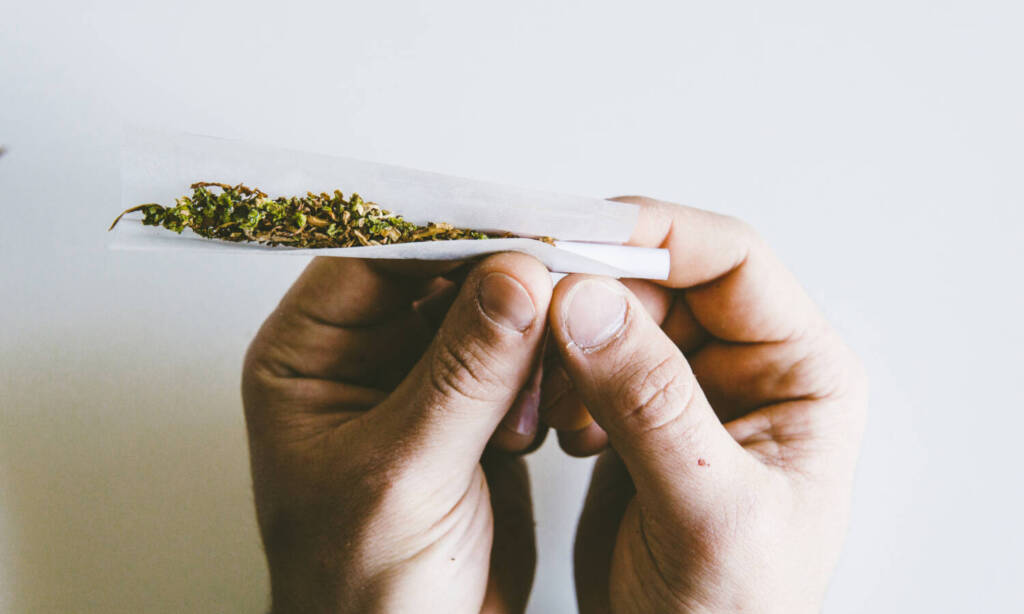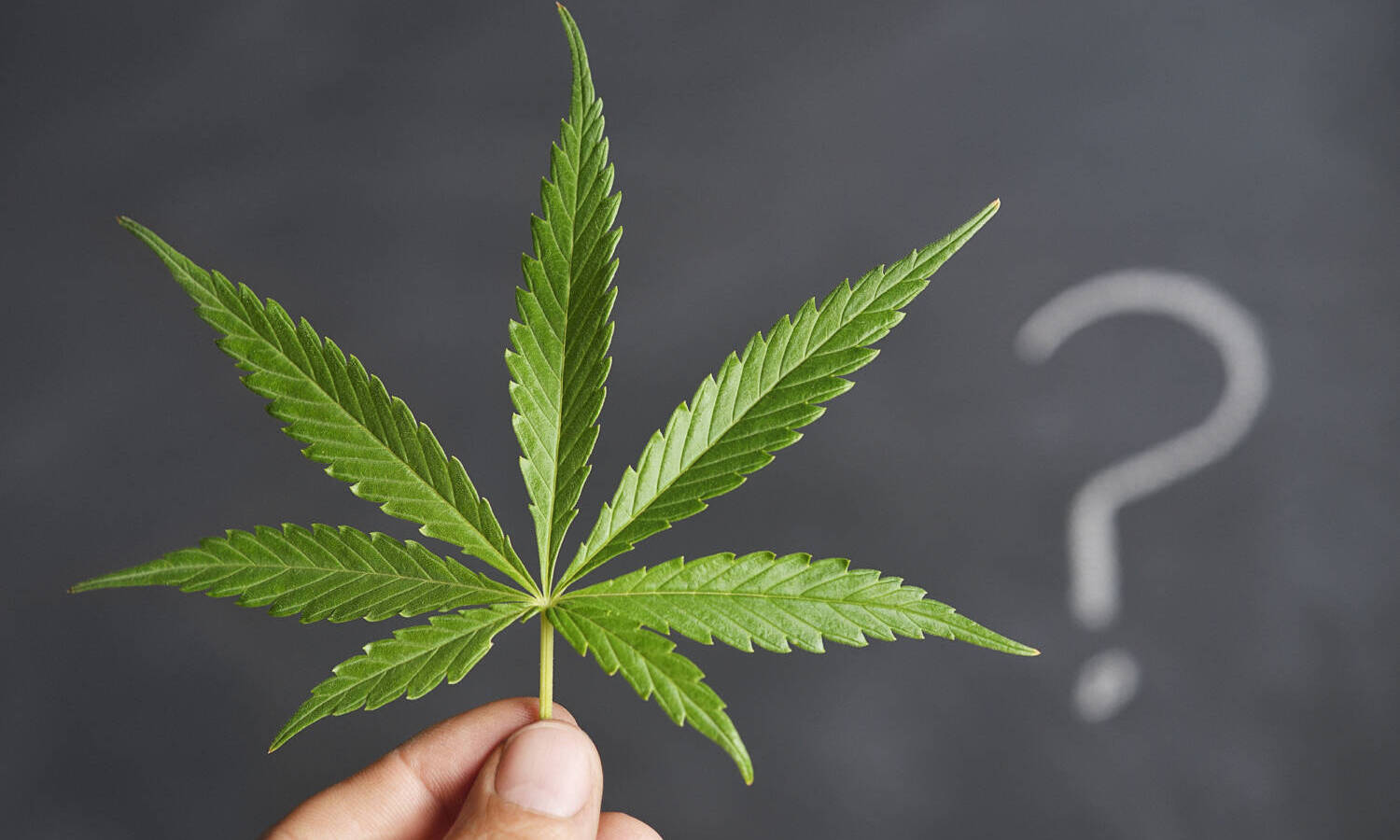Ready to start experimenting with growing cannabis and maybe trying a new cannabis cultivar.
When shopping for cannabis strains, you will notice that there are many other terms that are used to describe them. These include phenotypes, chemotypes, genotypes, and cultivars. These are also important terms to know if you want to grow your own cannabis. Here’s insight into what are cannabis strains phenotypes and cultivars.

Cannabis Strains and Cultivars
Cannabis strains are the variation names formed by cultivars, and any offspring that has resulted from these modified plants. They can be produced through regular breeding or other more modern methods, sometimes they can also occur through genetic mutations.
A cannabis strain name, such as Blue Dream, Afghan Kush, or Sour Diesel refers to the characteristics retained by the strain. There are almost 1,000 cannabis strains known today, which are further classified into one of three categories: sativa, indica, or hybrid. Generally speaking, sativa cannabis strains are known for their energizing and uplifting qualities when consumed, while indica strains are more sedating and relaxing – suitable for nighttime use. Meanwhile, hybrid strains combine effects of both.
With cannabis use becoming more widespread around the world, there is always a new strain to try and look forward to as breeders explore making their own.
Botanically speaking, strains and cultivars refer to plants that were sexually breeded by seed propagation. Selected plant seeds, such as those chosen because they express certain characteristics, are used to create another generation. During sexual reproduction of cannabis plants, mutations can occur though they usually affect just one plant which the breeder can usually remove from the rest of the population.
At the end of the day, both cannabis strains and cultivars are exactly the same thing. Scientists tend to use the term cultivars, while strains are a more popular mainstream term.
When shopping around for cultivars, here are some things to think about or ask the breeder:
Genetic lineage: Understanding the genetic lineage of a cultivar will help you identify any that are familiar. There are also numerous phenotypes possible for a cultivar, so it isn’t enough to know them by name.
Laboratory testing: If you are interested in learning about a strain’s effects in detail, a laboratory test will be able to tell you more specifically about its THC and CBD content as well as its cannabinoids and terpenes.
Effects: The way to know the effect of a cultivar is to research what consumers say. This will help you understand if you have specific needs that the strain can or can’t meet, and if other consumers are able to satisfy their needs with that strain. It’s a good place to start though people will have varying effects because there are other factors that impact how we feel when we consume a strain such as our own endocannabinoid system which is different from other people’s endocannabinoid systems.
Leaf variety: In some cases you can easily tell the leaf variety by looking at the plant, other times it won’t be as obvious so you would have to ask. If it has big fat buds, they are likely to possess the same genotypes and phenotypes as broad leaf cultivars (BLV) while those with long, thin buds and leaves will have the characteristics of a narrow leaf cultivar (NLV).
Cultivar Shapes and Sizes
Aside from the psychoactive characteristics, cultivars and strains are also identified by their physical characteristics. As mentioned, there are broad leaf (BLV) cultivars which are fat and bushy plants with wide leaves, while the narrow leaf (NLV) are skinny and lanky plants with thin leaves. Broad leaf plants are known to have sedating and calming effects while narrow leaf plants are uplifting and energizing.
RELATED: What Are Skunk, Haze, And Kush Cannabis Strains?
Keep in mind that while these are the common effects that are associated with said cultivars, it’s not limited to these. They do guide the phenotypes and varietals that breeders want to grow, though. For this reason, breeders now can create strains or cultivars that are uplifting and energizing, while being mildly sedating. This has led to the growth of the hybrid cultivar market where you can now buy many backcrosses and mixes for a uniquely enjoyable experience.

Phenotypes, Genotypes, Chemotypes
Earlier, we mentioned that cultivars or strains are classified based on their observable effects: uplifting, sedating, etc.
These phenotypes are essentially the obvious traits of a plant, which are associated with the effects they have on the consumer. On the other hand, a genotype is the genetic makeup of the plant and its internal blueprint which was passed down from its ancestors. A genotype indicates the list of possible characteristics that a plant may have and pass on to its offspring though a cannabis genotype will be influenced by the environment in which it is grown. The overall smell, shape, and color of a plant will all be impacted by the environment in which cannabis has been grown.
RELATED: Cannabis, Marijuana And Hemp — What Is The Difference, Exactly?
A chemotype refers to the chemical makeup of the plant, or what chemical components and cannabinoids are found as well as its quantity. Specifically, this would tell you how much CBD or THC a plant has, as well as its cannabinoids and terpenes. There are around 85 known cannabinoids all of which have various health benefits and effects while terpenes contribute to the unique smells of the strain as well as influence its therapeutic and psychoactive effects.
Differences in the Same Cannabis Strain
It’s not uncommon for you to discover that upon buying another batch of Lemon Kush, it tastes, looks, and feels different from the last batch you bought, which you absolutely loved. This can happen because environment and genetics will affect the strain, thus the end result is a plant expressing different phenotypes.
Now that you are armed with information, you’re ready to start experimenting with growing your own or perhaps trying a new cannabis cultivar.
This article originally appeared on Cannabis.net and has been reposted with permission.


